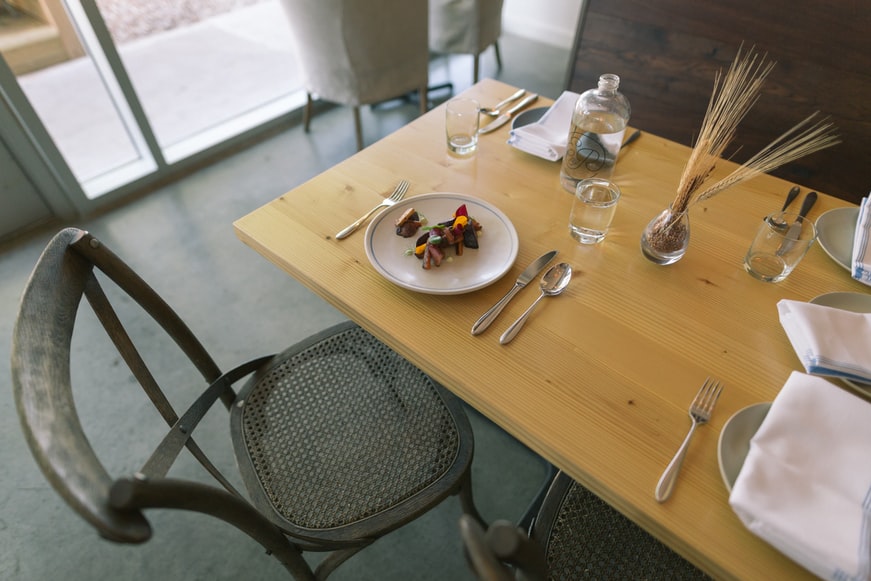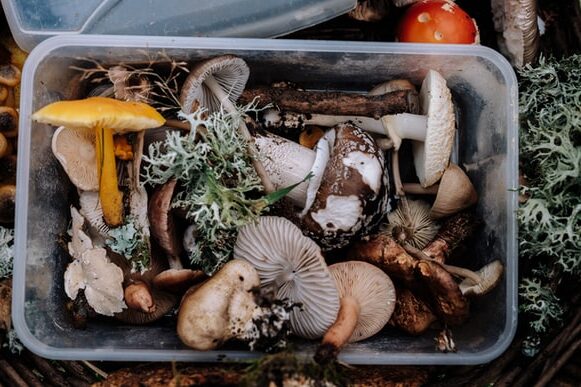Food contamination can have repercussions for both consumers and businesses. Deterioration in consumer health and safety can affect a business’s reputation. There can be four types of food contamination that you must be aware of whether you are a restaurant owner or a consumer to protect your customer’s health as well as maintain the reputation of your business. Whether you are a first-time restaurateur or not, a restaurant consultant can help you with a perspective regarding the business and format for a particular area, and help you in setting up the restaurant with minimal chances of any mistakes.
Food contamination can be life-threatening. The consequences of eating contaminated food range from sickness all the way to death. Because of this, it’s critical that you understand what the four types of food contamination are and how you can prevent them from affecting the safety of food as it’s your responsibility to take care of your guest’s health.
Let us now understand the types of contamination and how to avoid them.

Physical Contamination of Food: When food comes in contact with a foreign object at any stage of food preparation or delivery. Types of contaminants that can be found in food may include jewelry, hair, pests, cloth, loose screws of cooking equipment. These kinds of contaminants have a great risk and can cause serious harm to consumer health, including broken teeth or choking
Prevention:
- Replacing damaged equipment immediately.
- Having a pest control system and using it timely.
- Following dress code principles, and removing jewelry when handling food, and wearing a hairnet

Microbial Contamination of Food:
When food has been contaminated by bacteria, viruses, mold, fungi, and toxins. For e.g. Campylobacter rises in undercooked meat. Salmonella that lives in animal intestines transfers to food while slaughtering them. Fish eat toxin-producing organisms that can be dangerous to humans if they eat them.
Prevention:
- Separating raw and ready-to-eat food at all stages of the food preparation
- Always wash fruits and vegetables.
- Maintaining hygiene and keeping away from you are ill.
- Ensuring pest control.
Chemical Contamination of Food:
When food is contaminated by any kind of chemical substance. It’s very much predictable that chemicals that are used frequently in the kitchen for cleaning and disinfection can contaminate food. Fertilizers and pesticides can contaminate the raw material before reaching the kitchen while it was still growing.
Prevention:
- Keep food covered or kept away when cleaning.
- Chemicals should be stored away from the kitchen.
- Follow the manufacturers’ instructions when using chemicals.
Allergenic Contamination of Food:
When food that causes an allergic reaction comes into contact with another food. Like, if the same knife which is used to cut normal bread is later used to cut gluten-free bread, or if pasta is stored in a tub that is used to store peanuts.
These are the foods that account for the majority of food allergies in people. The allergen list includes things like gluten, lactose, peanuts, eggs, mustard, soy, and fish. For somebody with a food allergy, even a tiny amount of that food is enough to cause a fatal reaction.
Prevention:
- Make sure that your suppliers take allergenic contamination seriously.
- Keep preparation areas, equipment, utensils, and clothes that you use for allergenic foods separate from those you use for other foods.
- Keep allergenic products separated from other food products in your fridges, freezers, and all storage areas. Clean and disinfect your kitchen regularly and especially after preparing food that contains any allergen.
Food poisoning, injury, and allergic reactions are all consequences of food contamination but, by following safe working practices, you can help to prevent them all. You can have a discussion with a restaurant consultant to design your storage and kitchen appropriately to avoid contamination before you set up your restaurant.